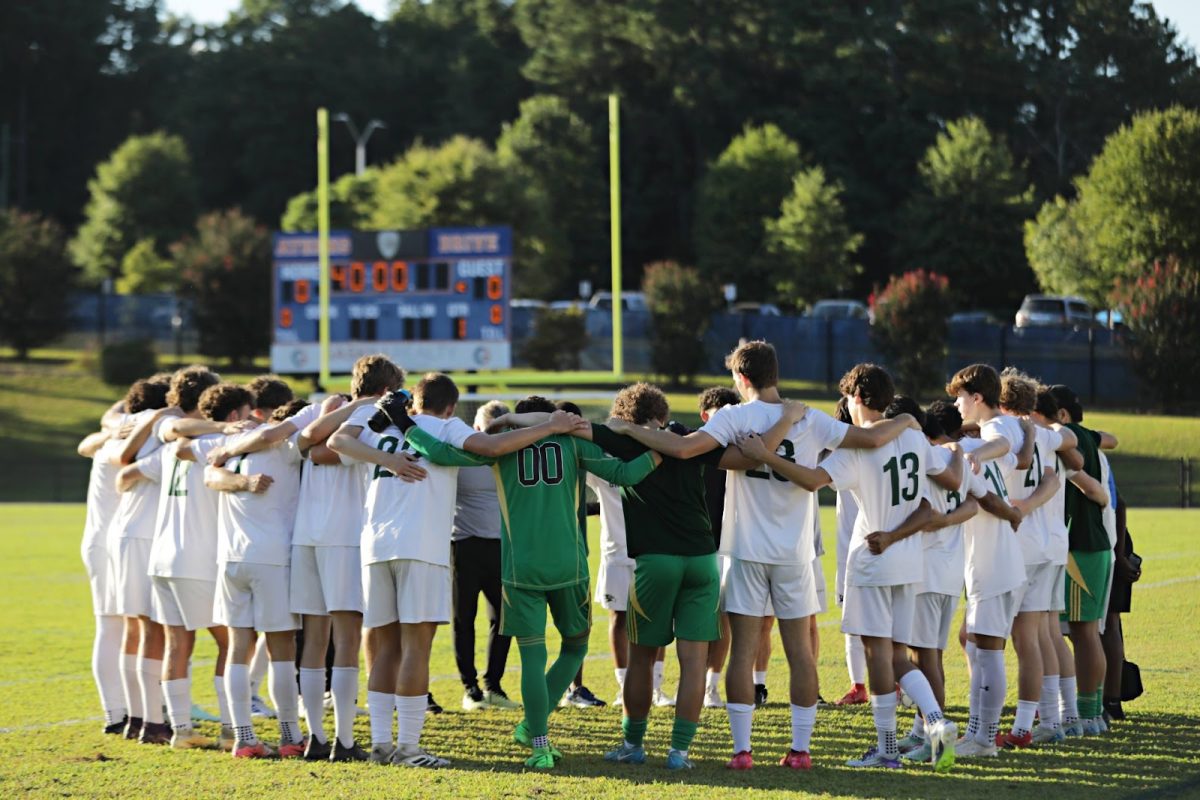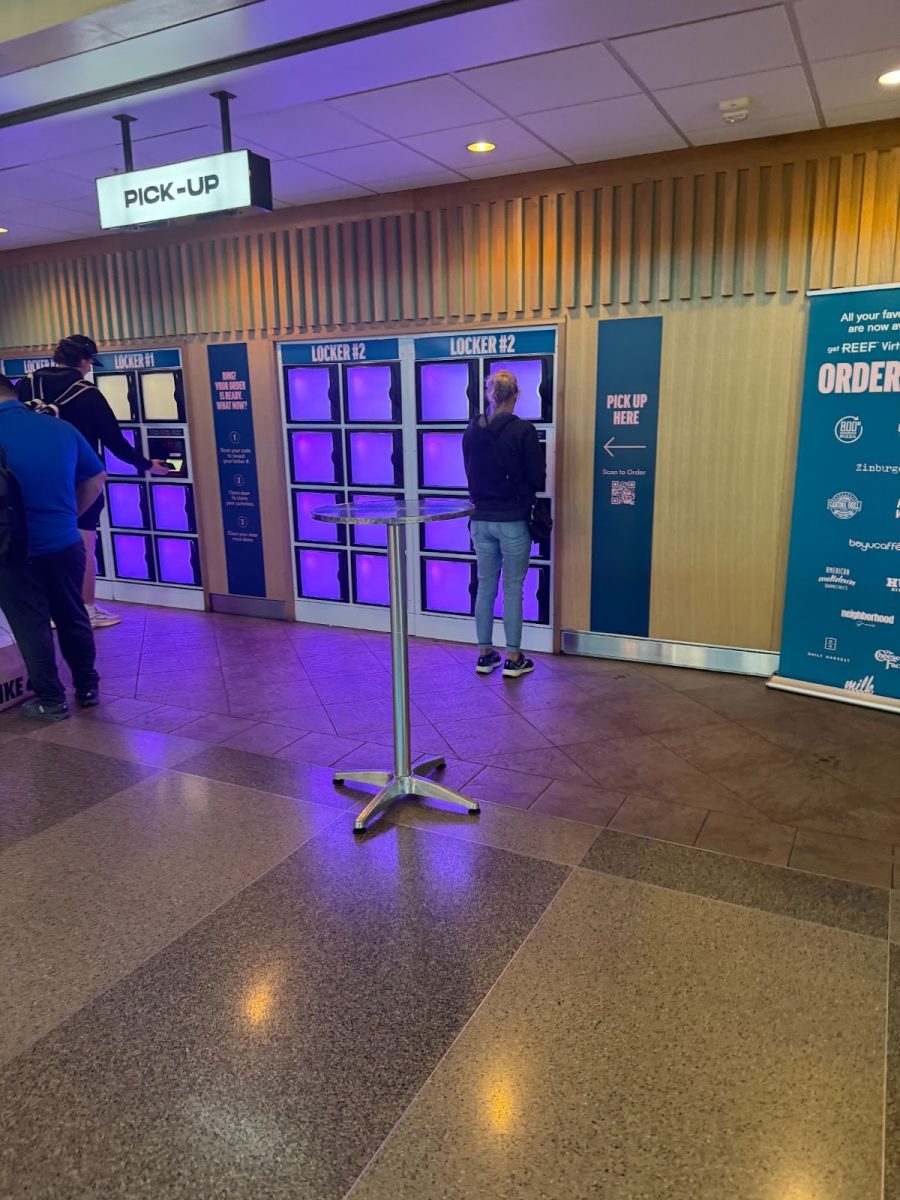America is eating petroleum everyday. From cereals to maraschino cherries and Dorito chips, corporations across the board in the food industry use the petroleum-based synthetic color additive Red 40 to make their edible products a vibrant and appealing opaque red color – and they appear on most grocery shelves across the country.
Appearing as names such as “Allura Red AC,” “FD&C Red No. 40,” “Aluminum lake,” “Ci 16035” and “Red dye 40,” the color additive is commonly used in food, drugs and cosmetics. The colorant begins its manufacturing with p-cresidine, a suspected carcinogen that has caused malignant and benign tumors in mice and rats. The chemical is treated with nitrous acid, purified and dried, resulting in the scarlet-colored dye, ready for manufacturing usage.

Red 40 is one of the most popular food dyes in the United States with over 40% of foods marketed towards children containing the colorant. products. On average, each American child older than three consume 0.002 milligrams per pound of their body weight daily. As seen in foods such as flavored milk, yogurts, candies, soft drinks, ice cream, breakfast cereals, chips, condiments and baking frostings, the colorant is abundant among processed foods.
The dye’s use is not limited to foods and drinks. The artificial color is found in various over-the-counter medications such as Vicks Dayquil Cold & Flu, Very Berry Flavor of Mucinex Children’s Cough & Congestion Liquid, and Benadryl liquid medications. Among medications, Red 40 is also used in cosmetics and personal care products such as E.L.F. Cosmetics O Face Satin Lipstick and Colgate Revitalizing White with Activated Charcoal toothpaste.
The dye has been associated with worsening symptoms of attention-deficit/hyperactivity disorder (ADHD), as well as causing behavioral and anger management issues, particularly in children. Red 40 has also been found to contain cancer-causing compounds benzidine, among other carcinogens.While countries such as Norway, Iceland and the United Kingdom have banned these colorants for their correlation with hyperactivity in children, the United States Food and Drug Association (FDA) deems the dye to be safe.
Parul Kharod, a registered dietitian and licensed nutritionist from WakeMed Health & Hospital Systems, advises that Red 40 should be approached with caution from consumers, as it poses an increased risk in people with asthma, autism and autoimmune disorders.
She emphasized Red 40’s effects in worsening ADHD in children. She shared research from the California’s Office of Environmental Health Hazard Assessment that has not only shown a potential link between Red 40 exposure and symptoms of ADHD such as inattentiveness, hyperactivity and restlessness but also that moderate levels of exposure to various color additives such as Red 40 can alter the structure of the brain, making minor adverse changes in the memory, attention, learning and neurotransmitter structures.

Despite these claims made, Kharod addressed the difficulty to identify a causal and causational relationship between Red 40 and ADHD symptoms, as there are no studies that effectively compare the behaviors of one group of children with a food-dye-free diet to another group of children consuming food concentrated with synthetic dyes.
Changes are being made to address food dye’s impact on human health, however. Red 3, also a petroleum-based synthetic food dye, was recently banned in the US on Jan. 15, 2025 because of its carcinogenic properties. Although Red 40 and Red 3 are made from separate chemicals, the public may urge the FDA to conduct further research for evaluating the impacts.
State-level laws are more responsive to citizen and scientist concerns. Legislature in California has taken action against the additive by signing a bill in Sept. 2024 to ban Red 40, among other food dyes from being used within school breakfast and lunches in California’s public school system. Pennsylvania’s legislation is also attempting to ban Red 40 through House Bill 2116. However, these restrictions are only limited to the respective states that enforce them and that it would be difficult to federally regulate food dye usage, as there is not enough substantial research yet to prove the adverse effects of dyes such as Red 40.
Kharod explains, “The FDA doesn’t appear to be changing course, maintaining that there isn’t sufficient evidence to prove that synthetic dyes are directly related to health issues.” She further elaborates on how other countries approach food safety measures regarding food coloring, stating, “Red 40 is allowed to be sold in foods in the European Union, but must be accompanied by a label saying the dye ‘may have an adverse effect on activity and attention in children.’”
With the Red 3 ban set to go into effect in 2027, some companies have either decided to stop using dyes in their products or have switched to using natural colorants, such as vegetable and fruit juices, beta-carotene extracted from plants and carmine from cochineal beetles. However, a stroll down any grocery aisle makes it obvious that the colorant Red 40 is still present in many products. Avoiding the food dye in packaged snacks does not mean a full stop on appetizing red snacks. Kharod suggests the best way to ensure a healthy, dye-free diet is to thoroughly read nutrition labels and being cognizant of what companies include in their foods, along with choosing foods that use natural food coloring from fruit and vegetable extracts.


















